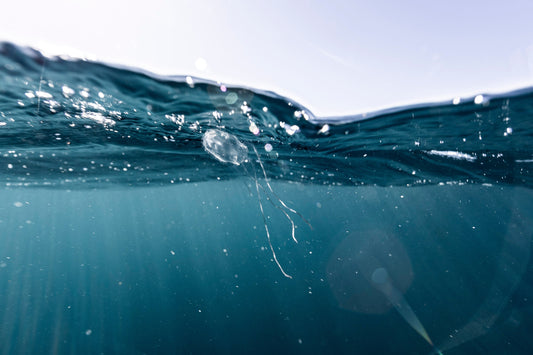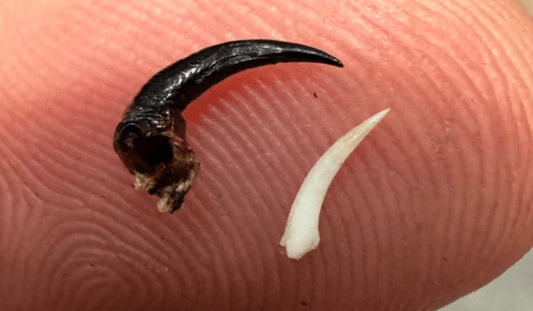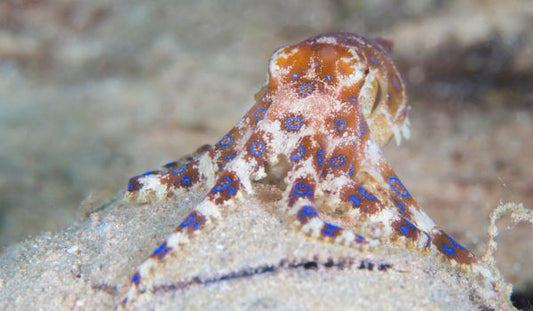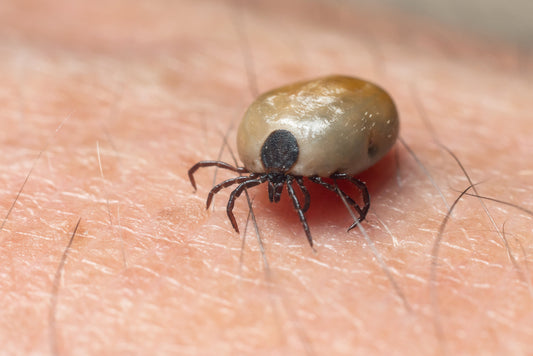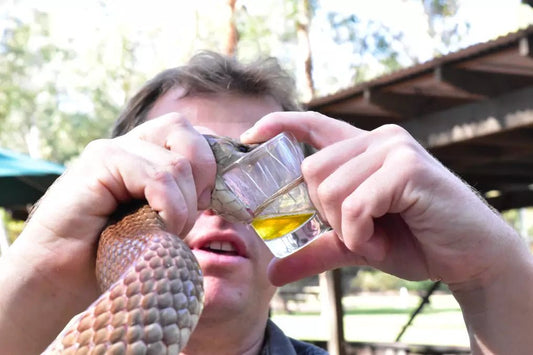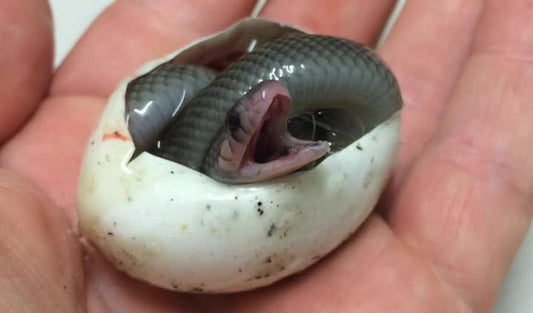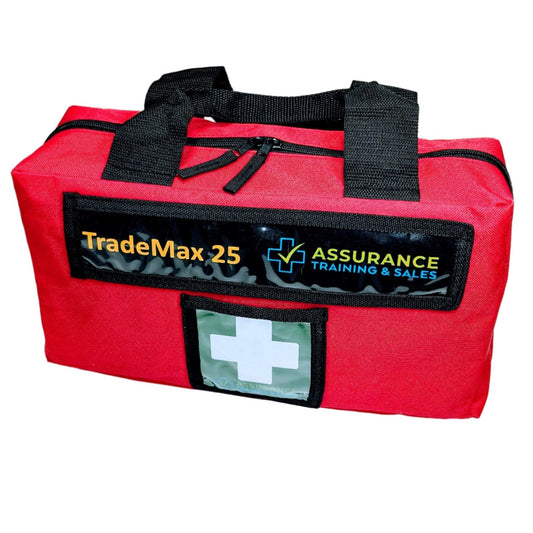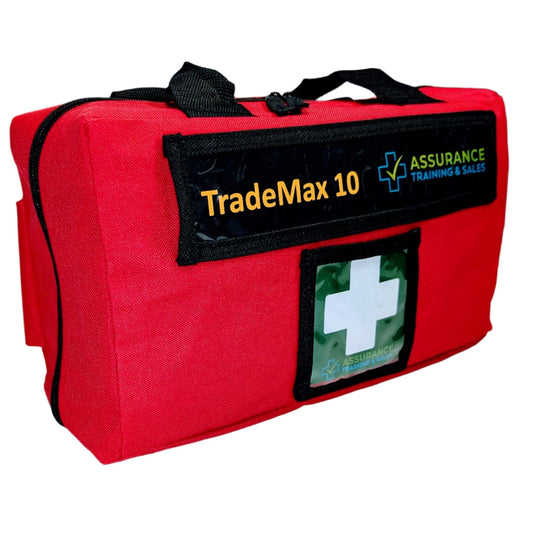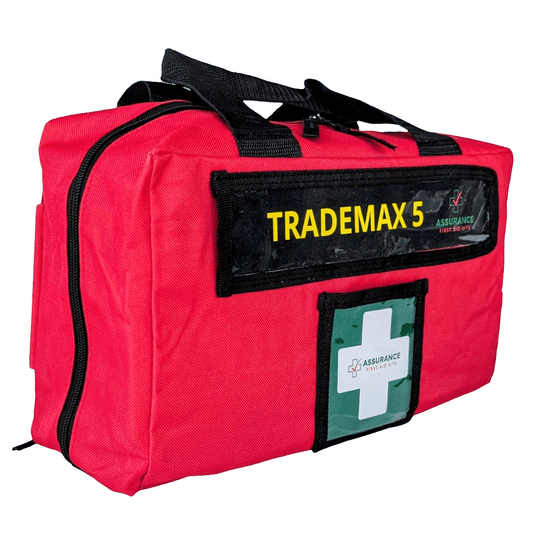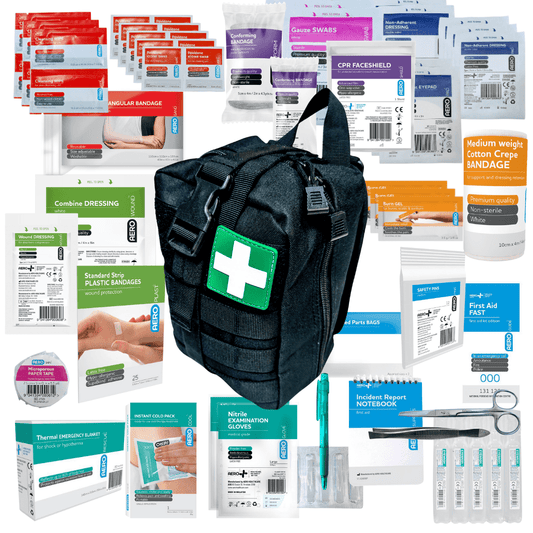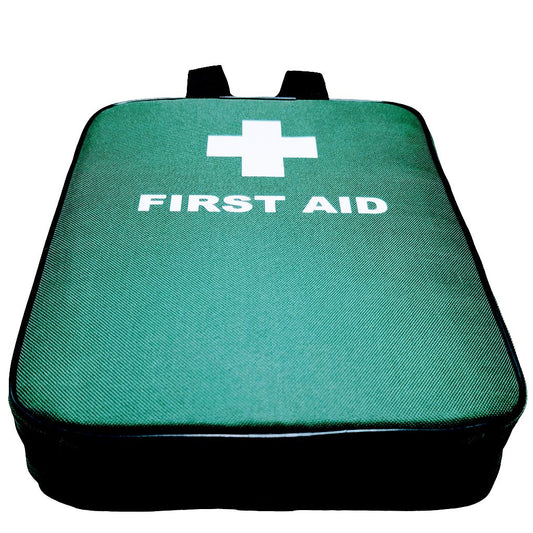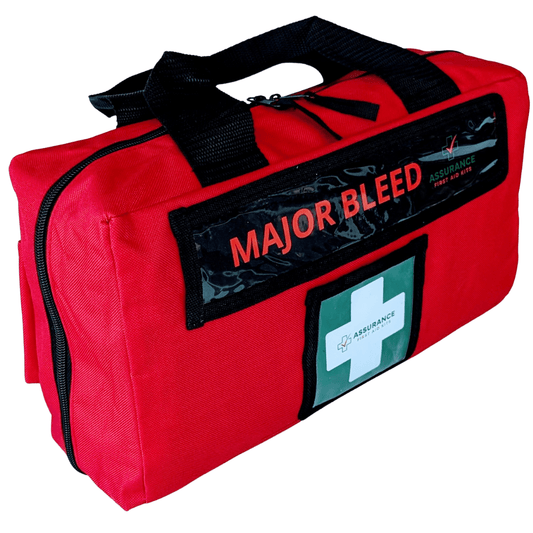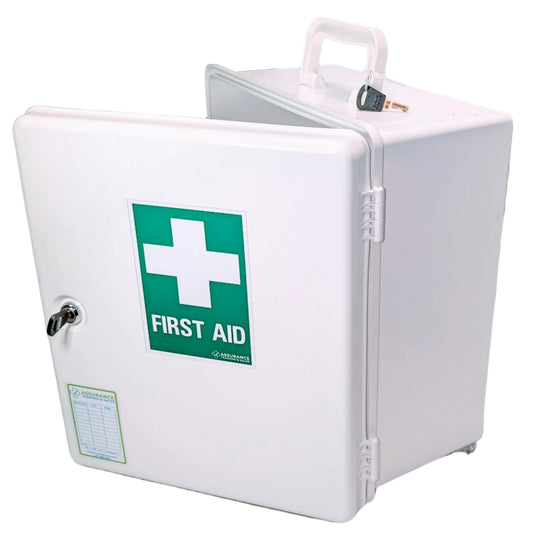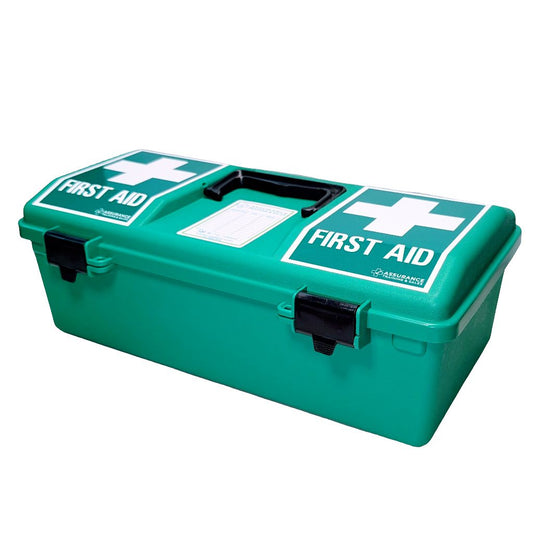By Samantha Kerr – First Aid Trainer, Outback NSW | 18 years of experience in First Aid & Allied Health
Australia’s Hidden Ocean Threats
Australia’s coastline is home to some of the most venomous marine animals on Earth.
Two species stand out for their danger and mystery — the Irukandji jellyfish and the Box jellyfish. While both belong to the same class of stingers, their appearance, venom, and treatment differ significantly.

Iruknandji Jelly fish are tiny when compared to Box Jellyfish
Quick Comparison: Irukandji vs Box Jellyfish
| Feature | Irukandji Jellyfish | Box Jellyfish |
|---|---|---|
| Size | 1–2 cm (thumbnail-sized) | Up to 30 cm bell, tentacles 3 metres long |
| Venom Type | Neurotoxic and systemic | Cardiotoxic and dermonecrotic |
| Symptoms Onset | 5–40 minutes after sting | Immediate pain and skin welts |
| Fatality Risk | Can be fatal (rare) | High – up to 80 deaths in 100 years |
| Peak Season | October to May (tropical north) | October to May (NT, QLD, WA) |
Where They Lurk: Australian Coastal Hotspots
Both Irukandji and Box jellyfish thrive in warm tropical waters.
The Irukandji is most common along northern Queensland, the Northern Territory, and parts of Western Australia. The Box jellyfish (Chironex fleckeri) is typically found in shallow coastal waters near mangroves and estuaries.
Irukandji can drift further offshore, meaning swimmers and divers often have no warning. In contrast, Box jellyfish encounters often occur closer to beaches — where stinger nets and vinegar stations are common.
Annual Jellyfish Sting Incidents in Northern Australia
Recognising the Symptoms
Irukandji and Box jellyfish stings share one thing — they can escalate fast. Recognising early signs saves lives.
- Irukandji Syndrome: Delayed but intense lower back pain, nausea, vomiting, sweating, high blood pressure, anxiety, and a sense of impending doom.
- Box Jellyfish Sting: Immediate burning pain, visible tentacle marks, difficulty breathing, and potential cardiac arrest in severe cases.

Irukandji Jelly Fish-photo QLD Surf Life Saving

Box Jelly Fish-up to the size of a basketball
First Aid for Jellyfish Stings (ANZCOR Guidelines)
The Australian and New Zealand Committee on Resuscitation (ANZCOR) provides evidence-based guidance for jellyfish stings. T
he correct response depends on the type of jellyfish.
For Box Jellyfish (including Chironex fleckeri):
- Call 000 immediately for an ambulance.
- Flood the sting area with vinegar for at least 30 seconds to deactivate stinging cells.
- Remove tentacles using gloved hands or forceps (avoid bare hands).
- If the person is unresponsive or not breathing — begin CPR immediately.
- Apply a pressure immobilisation bandage only if advised (usually not for Box jellyfish).
For Irukandji Jellyfish:
- Call 000 immediately — Irukandji syndrome can develop rapidly.
- Apply vinegar to the sting site for at least 30 seconds.
- Keep the person still and calm to reduce venom spread.
- Monitor airway, breathing, and circulation until help arrives.
- Do not apply pressure bandages.
Never use freshwater, alcohol, or urine on jellyfish stings — these can trigger more venom release.
Staying Safe:
Australians have a long-standing respect for the ocean. Yet, each summer, surf clubs across the north report hundreds of jellyfish stings. According to the Queensland Health, up to 30 Irukandji cases require hospitalisation every year.
Tourism and locals alike benefit from awareness — knowing that carrying a portable marine first aid kit with vinegar and bandages can turn panic into action.
Australian Statistics Snapshot
| Region | Annual Box Jellyfish Stings | Annual Irukandji Cases |
|---|---|---|
| Far North Queensland | 50–100 | 20–30 |
| Northern Territory | 40–60 | 10–15 |
| Western Australia (north coast) | 20–40 | 10–12 |
FAQs: Jellyfish First Aid in Australia
1. Should I use vinegar on all jellyfish stings?
No. Vinegar should only be used for Box jellyfish and Irukandji stings. For bluebottle (Portuguese Man o’ War) stings, use hot water or remove tentacles and apply cold packs.
2. Can Irukandji stings happen outside the tropics?
Yes. While rare, Irukandji have been recorded as far south as Fraser Island and Ningaloo Reef. Climate change may be expanding their range.
3. How do I avoid jellyfish stings?
Swim inside stinger nets, wear protective stinger suits, and avoid swimming during peak season (October–May).
4. What should I carry in my first aid kit?
Always include vinegar ampoules, gloves, gauze, and a CPR mask. Assurance First Aid Kits offers marine-ready options for beaches and boats.
Author Bio
Samantha Kerr is a certified First Aid Trainer based in Outback NSW with over 18 years’ experience in the First Aid and Allied Health industry.
References
Protect yourself before you hit the water. Explore our First Aid Kits— trusted by Australians who live, work, and play by the sea.
Be ready, stay calm, and respond with confidence.


